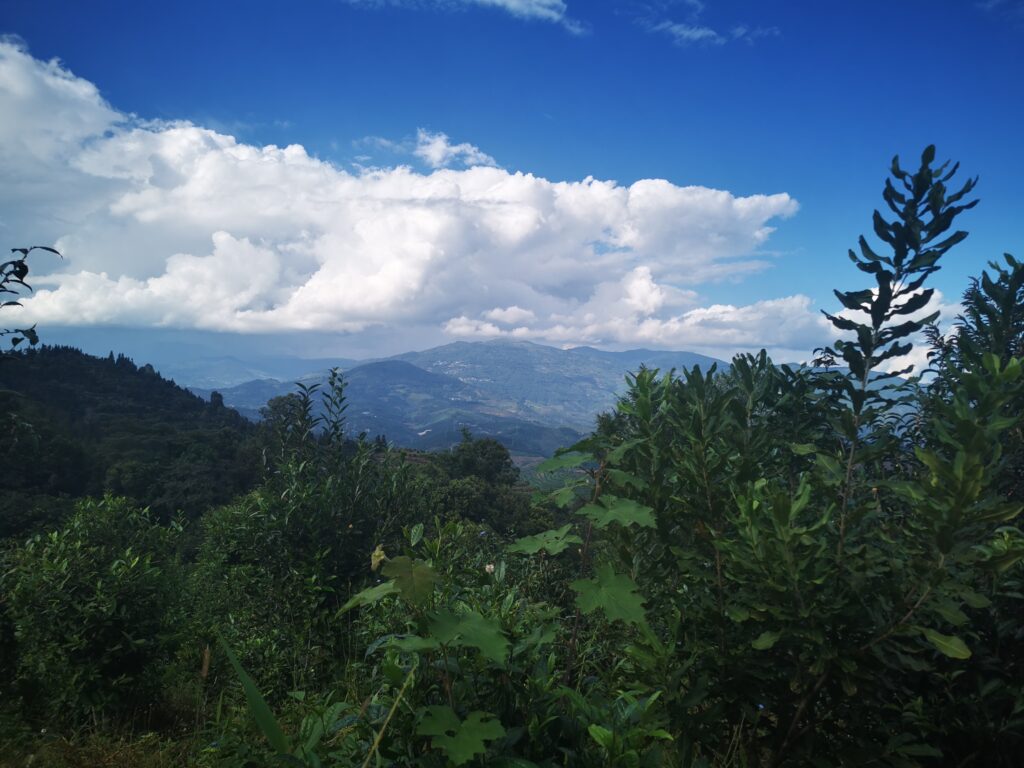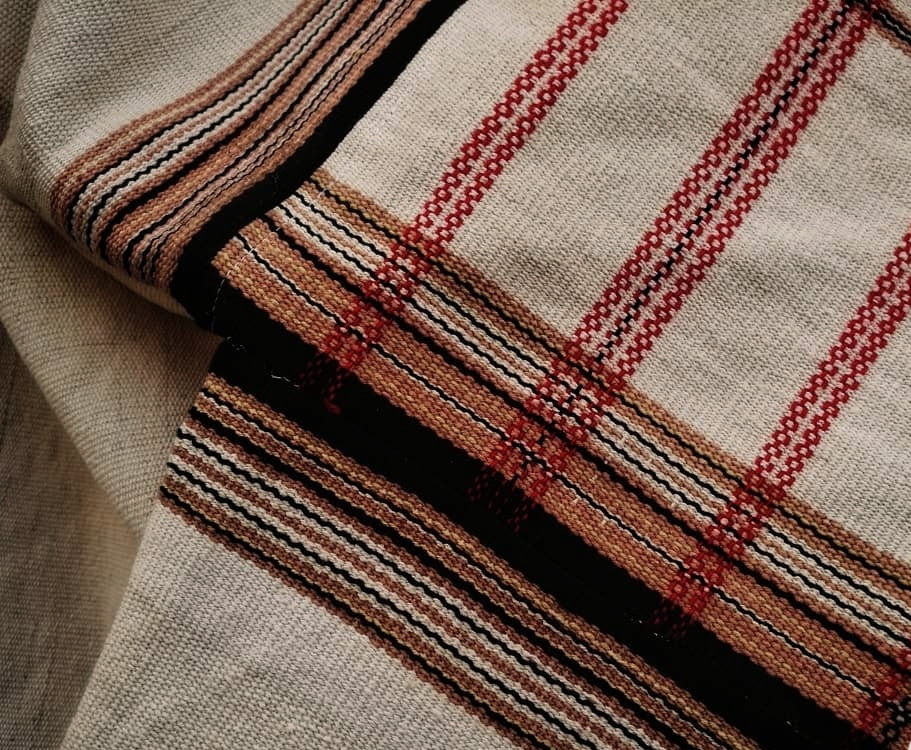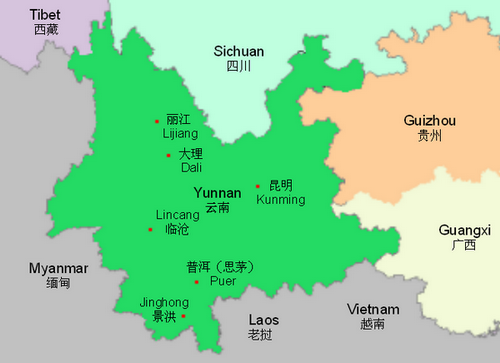Yunnan Province is home to one of China’s oldest tea growing cultures – possibly the eldest- dating back at least as far as the Three Kingdoms Period in the 3rd century. Tea in this province is grown at altitudes as low as around 400 metres (Xigui) and as high as 3200 metres (Lincang). But in Xishuangbanna, in the south of Yunnan, the lower growing areas for Puer production are mostly between 1000 and 1800 metres.

Tea is grown in almost every county in Yunnan but the main growing area is below the 25th latitude in the Lancang (Mekong) River Basin. This means a large proportion of Puer tea is produced in Xishuangbanna.
Xishuangbanna is at the northern limits of the Tropic of Cancer so has a sub-tropical climate. Annual rainfall in Yunnan is between 1200-2500mm with typical temperatures ranging from around 15 to 30+ centigrade. In Xishuangbanna, the dry season is from November to April. Between May and October the wet season rainfall accounts for over 80 percent of total annual precipitation of 1500mm. Xishuangbanna has a relative mean humidity of 80%. These conditions are very good for cultivating tea trees.
Puer teas from the Xishuangbanna area of the Lancang Basin are sometimes said to be distinguished by broadly differing qualities; tea from the area east of the river is generally softer, more delicate; from the west, dryer, stronger; from the north, more astringent and from the south sweeter, but each area produces Puer tea with its own distinctive flavour.
The best known tea growing areas are the ‘Six Famous Tea Mountains‘ in the area north and east of the river (Jiang Nei). These mountains are known as Man Zhuang, Yi Bang, You Le/Ji Nuo, Ge Deng/Mang Zhe,and Yi Wu or Man Sa. The names are often transliterations of place names in local minority languages, so the meanings in Chinese sometimes bare little relation to the original names.
To the south of the Mekong (Jiang Wai), there are a further 6 tea mountains. They have been seen as less important historically and it is only in recent years that these teas have become more readily accessible. They are Mengsong (Meng Hai), Meng Song (Da Men Long), Nan Nuo Shan, Ba Da Shan and Bu Lang Shan and He Kai Shan mountains. Please go to the Xishuangbanna map for more details.
The People of Xishuangbanna
There are 13 ethnic minorities in Xishuangbanna with thousand-year old tea trees and thousands of ancient tea gardens as their common fortune. To many tea farmers, who are animist, tea is sacred and tea trees have a spirit. Every minority group has evolved their own unique traditions of eating, drinking and using tea through their long farming history, which has contributed greatly to their tea cultures.
Each ethnic minority shares some common tea traditions with their neighbours. At spring harvest, Dai, Jinuo, Bulang, Akah and Aini people all hold tea sacrificial rites to express their thanks to nature, to express hope for the future and at the same time as a memorial to their ancestors.

The Ancient Tea Horse Road
The Ancient Tea Horse Road is surely the most famous of Yunnan’s trade routes, but in fact there were many trade caravans that ran throughout the province and beyond; into Guizhou and Guangxi to the east, south into Burma, Laos and Thailand, north into Sichuan and, most famously, west into Tibet, and from there on into Sikkim.
Tea, along with salt, opium, wax, iron-ware, felt and silk were transported along the ‘cha ma gu dao’ by muleteers who returned with stick lac, woods for dyeing, tobacco and most importantly, raw cotton.
Hui people, thought to be descendants of traders from the Middle East and Central Europe, often dominated these trade routes. From as early as the 8th Century, they ran mule caravans throughout the province and beyond. Porters also carried tea on the route into Tibet as late as the mid 20th Century.

